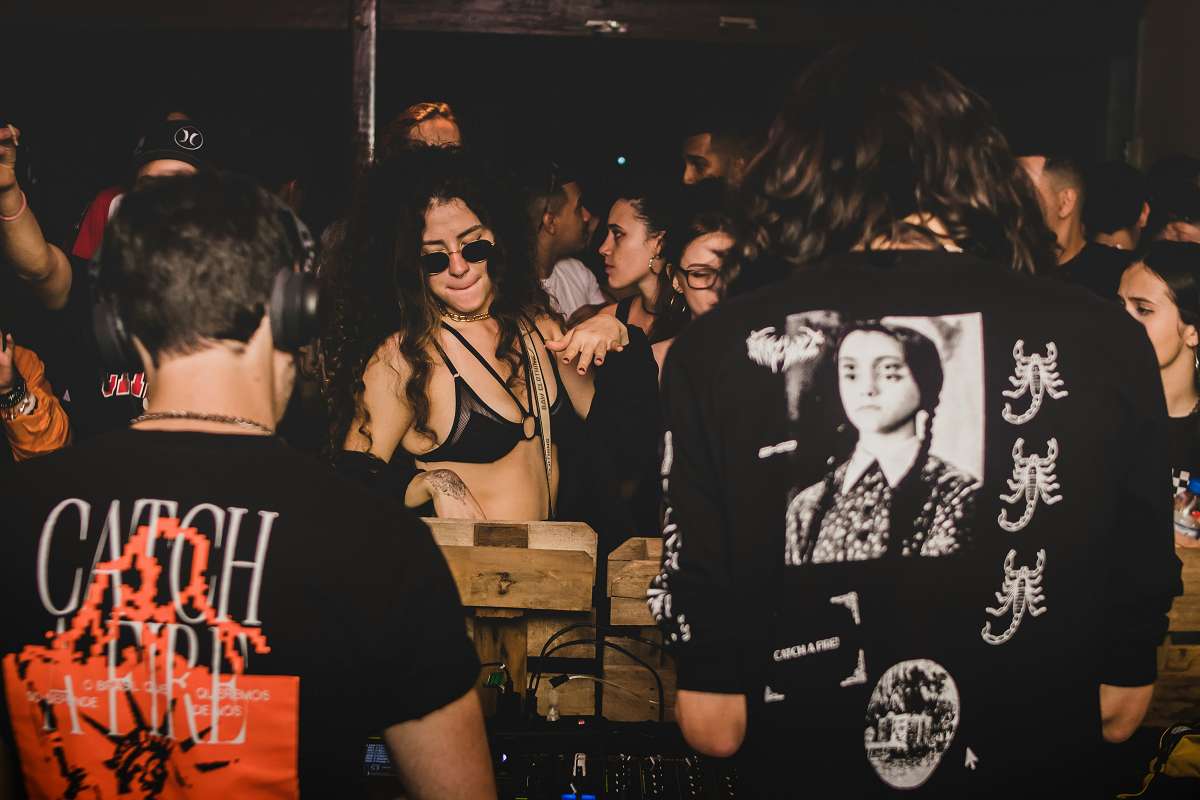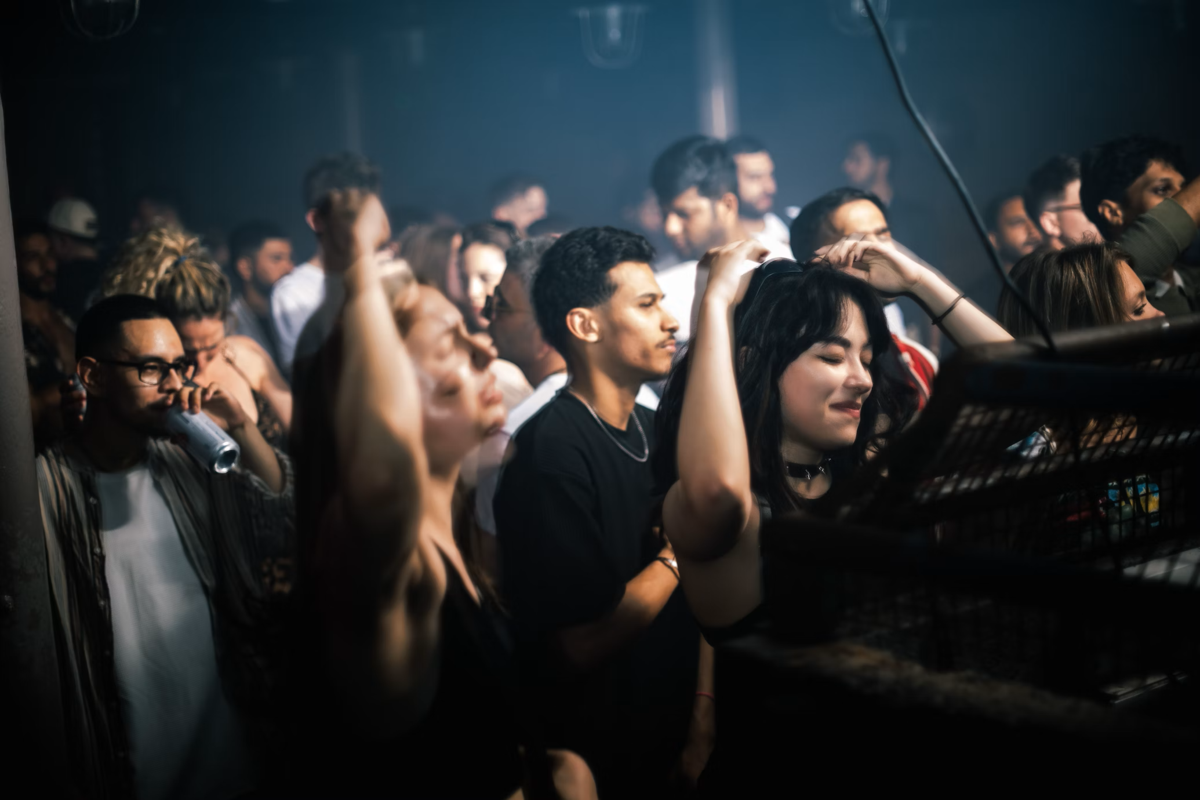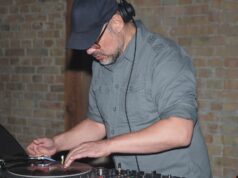I get the feeling Gen Z (born between 1995 and 2010) is constantly portrayed in the media with ridiculous haircuts, chubby faces, or boys with painted nails — as if that’s all they are. Media outlets often rely on cliché imagery when talking about Gen Z: pastel-colored hair, crop tops, glossy nails, or an exaggerated “chronically online” look. A whole generation reduced to a handful of visual markers that happen to be trendy.
Funny enough, it was the same story with Millennials back in the day: avocado toast, hipster beards, and MacBooks in cafés. It’s like every generation gets turned into a caricature of itself.
Is it deliberate mockery or just lazy image sourcing? I suspect there’s a calculated motive behind it. These stereotypes aren’t random — they’re part of a larger narrative: Gen Z as soft, oversensitive, self-absorbed “TikTok kids” who can’t handle anything and only care about themselves. The imagery reinforces that — with “weird” hairstyles or “unmanly” boys, triggering reactions from older audiences who instantly find them ridiculous or alien.
It’s the same pattern every time: each new generation is mocked, then criticized, and eventually replaced. Especially because Gen Z questions everything — work, consumption, gender, politics — media outlets often find it easier to attack them based on looks rather than engage with what they’re actually saying.
You get the feeling that older generations are low-key afraid of Gen Z’s influence. A perfect example: in the techno scene, they’re labeled as TikTok ravers. Tanith said it best:
“Some older DJs treat younger generations like shit. They condemn everything wholesale because they believe they were more authentic and real back then. That’s nonsense! The kids are doing their thing — and that’s fine. Even if I find it a bit ridiculous when everyone’s running around in leather harnesses.”
“TikTok raver” has become the new trash bin for anything older ravers don’t vibe with. But that’s just another chapter in the eternal “it was better back in the day” debate. In the ’90s, they were “fashion ravers,” in the 2000s it was “electro clowns,” and now it’s people posting dance videos or showing up styled differently. What’s forgotten is: subcultures have always evolved. Techno used to be the absolute opposite of the mainstream — now it is the mainstream. And the fear of “commercialization” or “watering down” gets projected onto the younger crowd, rather than looking at the bigger structural shifts in the scene.

This whole “TikTok raver” trope? It’s a form of gatekeeping — a way to push young people out. The Boomer and over-40 Berghain crowd suddenly feels threatened because a new wave has arrived that doesn’t follow their old codes. It used to be “underground, raw, serious” — now it’s more colorful, playful, digital. The old guard sees that as devaluation because it’s no longer about “real endurance” and “authentic suffering.” But that’s the nature of change. Techno was never static — even in the ’90s, early ravers were ridiculed by the ’80s house heads. And now? Now the “true” ravers from back then are the gatekeepers who complain about “new tourists” and “TikTok kids,” even as they themselves profit from tourist-club culture.
So what’s next? Will the next evolution of techno be something radical again — or will it stay stuck in safe-space party mode?
Techno is already mainstream, so the next phase will either be radically different — or burrow even deeper into commercialization. I see three possible directions:
1. Post-Techno & Hyper-Digitalization
Everything gets faster, harsher, more absurd. AI-generated sounds, extreme BPMs (already seen with Hard Techno), clubs as streaming venues, VR raves — maybe even interactive DJ sets where the crowd influences the track via app. It’s the logical next step after TikTok ravers: techno as a real-time algorithm. And somehow, it makes me nostalgic — I start thinking of William Gibson, cyberpunk godfather and Neuromancer visionary.
2. Back to the Roots – Radical Underground
Because techno is so commercialized, the backlash could be ultra-exclusive and anti-digital. Hand-picked, secret raves with zero social media, maybe even vinyl-only DJs, dark minimal soundscapes. A kind of “techno temple” only for the hardcore — full rejection of digital everything. Sounds like early ’90s Berlin or the DIY open-air scene of the 2010s — but the locations are running out. Real lost places now start somewhere way past Teltow. And even there, it inevitably becomes a business, no matter how committed you are to the ideal of free hedonism.

3. Techno as a Social Experiment
Clubs as safe spaces — but dialed up. Raves that revolve not just around music, but political themes. Clubs with awareness workshops, on-site drug counseling, maybe even new formats like “silent raves” for neurodivergent folks or experimental sound journeys. Techno might morph into a cultural movement more than just a musical genre.
Personally, I think these three paths will coexist. You’ll have the hardcore nerds feeding everything into AI and VR, the retro-purists going full analog isolation, and those who see techno as a societal statement.
My gut tells me techno needs to get dirty and dangerous again. This whole polished “experience” thing — where raves are Instagram-perfect moments — it’s getting tired.
I think the next wave will rebel against the high-gloss aesthetic. Back to illegal raves, grimy off-locations, maybe even DIY club culture where people build their own spaces again instead of moving through curated venues with awareness teams and brand partnerships. Fewer rules, more chaos.
Maybe a techno that actually sounds dangerous again — not just “hard,” but disturbing, psychotic, unpredictable. Like back when techno sounded like the future — not like a BPM-optimized algorithm.
Sure, the commercial techno train will keep chugging. But the real movement — the one that matters — will rise in dark basements or abandoned industrial zones. No branding. No hashtags. No phones. Just music and mayhem.
At least that’s what my heart hopes for — and what young people have always chased anyway.








